To achieve customer success, your entire organization must approach your customers holistically. That means meeting your customers where they are to present real solutions to their problems. It means having marketing and sales strategies that emphasize retention rather and acquisition to produce growth.
Establishing a customer success program will help produce these results, but you must implement it correctly. By reading further, you will learn who to create a successful customer success program and how it will benefit your business.
What is Customer Success and Why Should You Care?
Customer success is often defined as helping customers achieve maximum value out of your product or service, but it is much more. It is a philosophy, function, department, and mindset that defines how your business operates. It links your success to your customers reaching their desired outcomes, even if those outcomes are beyond the scope of your business.
It supposes that your customers only buy and use your products and services when they best suit their goals. As such, it demands that your business focuses on how it can continuously serve them. By doing this, you build long-term, mutually beneficial relationships that extend beyond the first purchase.
It is through these relationships that your business expands to new sales. By serving the needs of your customers, your business becomes a toolchest they can use over and over again. For instance, a homeowner will most likely buy from the same kitchen supply store until they achieve the kitchen of
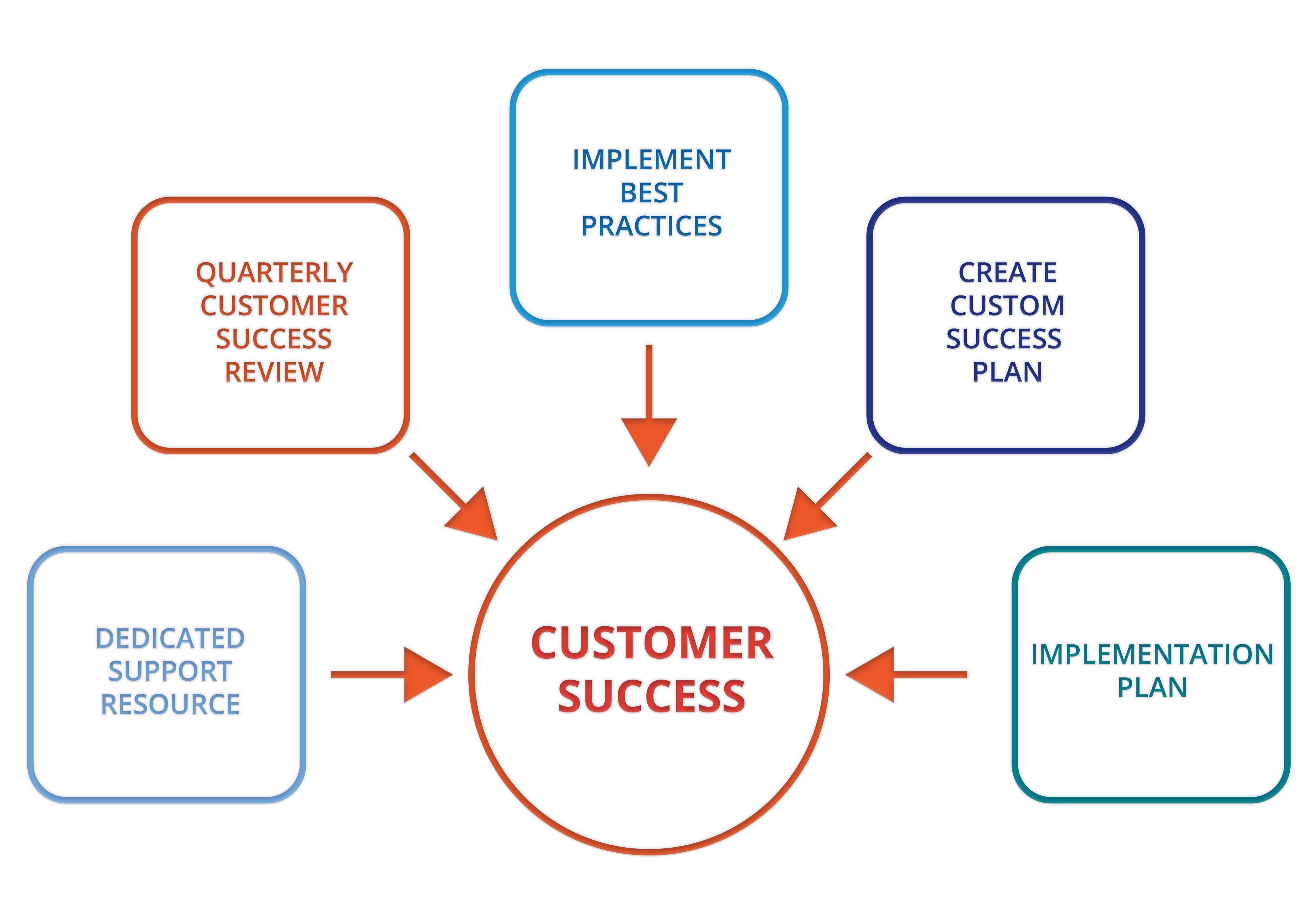
their dreams.
Customer Success vs. Customer Service
Achieving customer success requires dedicated teamwork. Because of this, many who are new to the concept foolishly just pile the tasks onto their Customer Service department. However, doing so misses the point behind customer success.
Customer service is reactive and deals with short-term solutions. Your customer service representatives solve problems your customers have with your products. They are not equipped to handle long-term support.
In contrast, customer success is a proactive function that takes on sales and marketing roles. Your success team strives to catch problems before they occur through upsells, cross-sells, and customer referrals.
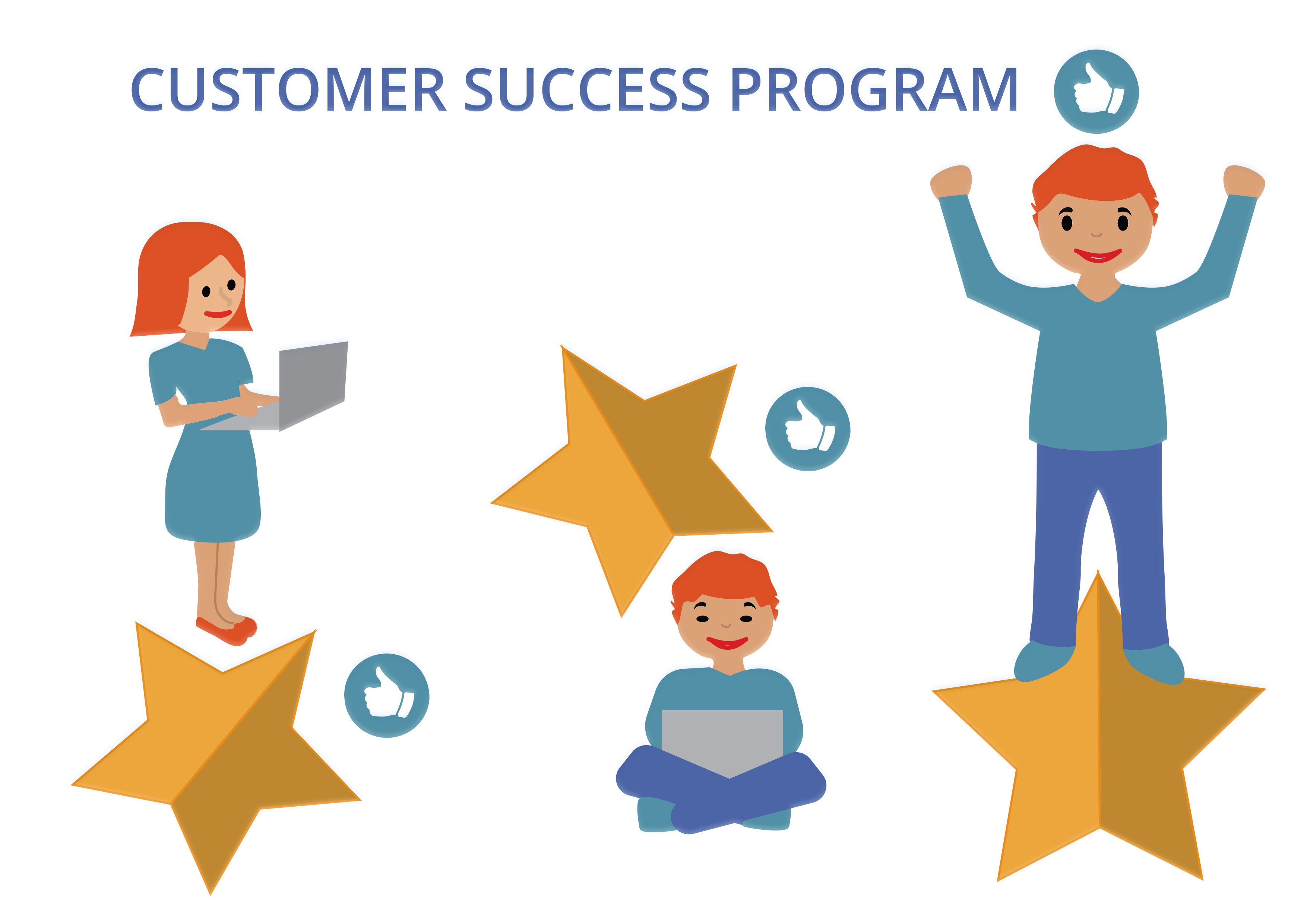
The Benefits of Having a Customer Success Program
Establishing a customer success team is not something you can do overnight. It requires careful planning and implementing customer success strategies so your organization. You want everyone on your team working towards clear customer success milestones and goals.
Increase Revenue
Customer success can drive revenue increases through satisfied repeat customers. This is because those customers will refer your products to their friends who will more than likely become future customers. The effect is so great that most growing companies cite their strong customer success program fortheir revenue increases over the past decade.
Business Expansion Opportunities
Once your customers get used to your products, you have an opportunity to communicate and expand your business with them.Your customers are likely to need more than a single item to complete their goals.Each of theseitems is a chance to upsell and cross-sell higher-end or related products.
Provided your customer success manager can anticipate potential roadblocks, you can double your customer interactions and sales than you could without such a program. This will also increase your footprint in their business environment. This vital factor puts your business at the forefront when your customers need anything else in the future.
Easier and Cheaper Acquisitions
People associate their suppliers with their successes.Because of this, they become brand advocates for those suppliers, boosting the value of the products to their acquaintances. They will proclaim the benefits of using your products wherever they go, drawing in more customers to your business.
Your happy customers will also return to you due to the trust they have in your dedication to their success. This drastically reduces your customer acquisition costs while boosting retention rates.
Reduce Churn
Because happy customers are repeat customers, a good customer success program would show you which customers will churn and how you can prevent it.Through customer success, your organization will have multiple opportunities to nurture unsatisfied customers before they go somewhere else.The process gives you a roadmap to long-term customer retention that reduces your churn rates by 2 to 3 percent.
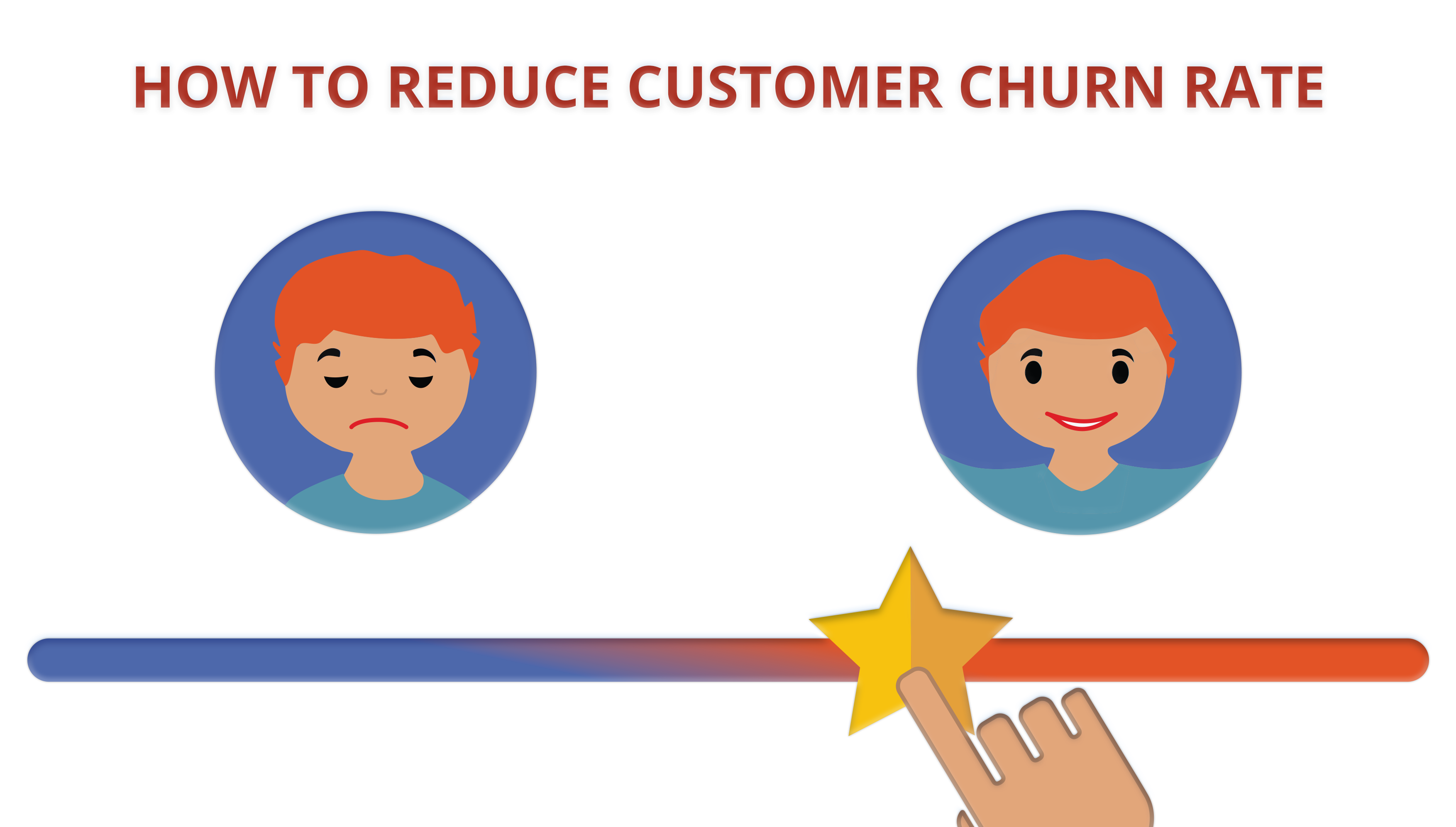
How to Create a Customer Success Program
Now that you know why you must devote a team to customer success, you can start developing one and the program they will implement. There are no shortcuts here. Customer success requires a culture and paradigm shift and that can take time. Each of the following steps can take a week or two to complete, but the benefits to your organization are worth the effort.
Identify the Customer's End Goals
Success milestones are moments where your customers receive a value they recognize from your product. They serve as road maps for the relationships you have with your customers and the key concepts of the overall strategy.
Therefore, your customer success program must begin with understanding your customers and how your products can best serve them. Fortunately, you can have your current sales and marketing teams handle these tasks until you gather your dedicated success personnel.
.jpg?width=3508&name=5TH-IMAGE%20(3).jpg)
To that end, you must determine why customers buy your products and services. You want to know their end goals and what function you serve in it. You can use persona tools to segment and organize these goals, but you must complete this task before you do anything else.
That means identifying which customers best fit your products and services, emphasizing them in your marketing strategies. These initial seed customers will form the ground floor of your customer success program.
Ideally, you want customers who love your products, use them, and already tell other people about how much they love using them. Luckily, you can use standard brand tracking tools to gather this information, and your preexisting customers to reduce the required work.
Once you identify the right customers for your customer success program, you must remain in strategic contact with them. People often have vague goals which your business must decipher. Keeping an open dialogue and basic customer behavior analytics will help you decide which products to offer the best chance for success for these customers.
Build Your Customer Success Team
Once you have your ideal customer base, you can build your customer success team around them. Your success team turns your products from mere suggestions into something your customers can trust to help them reach their goals. Therefore, you need a team dedicated to understanding your customers and their needs.
The size of your customer base and your desired depth of customer engagement will determine the strength and structure of your customer success team. The central figures are your customer service managers or consultants. Beyond them, you can have customer success leaders and a director or vice president of customer success, along with a Chief Customer Office as needed.
Customer Success Manager
The heart of any customer success team is the customer success manager (CSM). The CSM handles all direct communication with the customer, making the role the most common, important, and only required team member designation. As such, you want to hire one as soon as possible.
Your CSM must be a team player with excellent communication skills. If you have a technically complex product, you also want a CSM with the appropriate specialization and training.
As a result, your customer service representatives are good candidates for your CSM roles. These people.
.jpg?width=3508&name=6TH-IMAGE%20(1).jpg)
know your products and have years of experience dealing with customers. Your other candidates should come from your sales department.
Acquire the Right Customer Engagement Tools
To adequately serve your customers, your customer success team needs the right engagement and analytics tools at their disposal.
- You need behavior analytics to gauge the needs of your customers.
- You need your customers’ preferred communication tools to maintain your relationships with them.
- You also want tools that can help your customers visualize their goals along with the appropriate product uses.
Finally, you must decide whether or not your customer success teams will handle these tasks manually or through an automatic process. Manual customer success programs give you full control over how you solve your customers’ problems but require you to devise your entire customer success plan upfront.
Automation tools improve the efficiency of your customer success efforts by automating tedious tasks. You get impact and status reports that track customer progress through automatic alerts, though you must configure your tools to produce them.
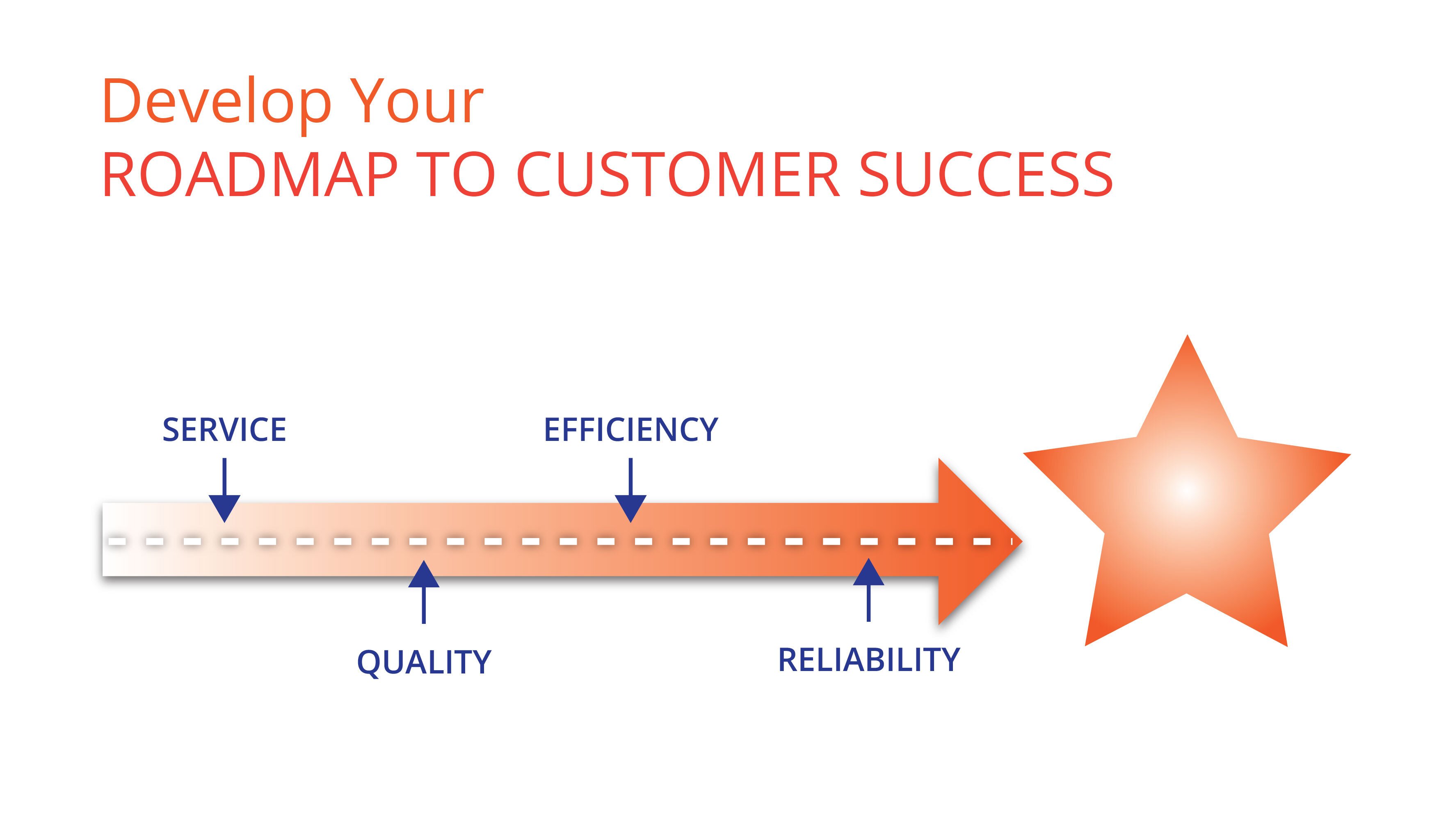
Develop Your Roadmap to Customer Success
Now that you have everything in place, you can start developing your customer success program Which means working with each customer to develop roadmaps that will help them reach their goals. It also means finding challenges your customers may face as well as how your organization can make an impact.
Apart from the process is assessing your customer’s expectations relative to the capabilities of your products.This is because your customers may not have clear goals nor a procedure to reach them. Therefore, it is the job of your CSM to push them along with time-bounded success milestones that utilize your products.
Please note that your CSM must maintain regular communication with your customers. Deviate too long, and your customers made grow disoriented and head somewhere else. If you must assign a whole team to a single customer, consider it. Remember, you want your efforts to appear helpful.
Some commonly used customer success metrics include:
- Customer Lifetime Value (LTV)–LTV is the revenue you earn from a single customer over time. Strongly correlated with return-on-investment increases and sustained growth, this metric combines customer acquisition and churn rates, but remember to include your up-sells, cross-sells, and referrals.
- Customer Acquisition Cost (CAC)–Your CAC provides a lower success threshold for your LTV. If your LTV is less than or equal to your CAC, then your program is failing.
- Net Promoter Score (NPS)–More accurate than churn rates, customer NPS measures how satisfied your customer is with you and your products. You gauge this metric through feedback surveys.
- Churn Rates–Churn rates measure how many customers left you for your competition. Most unsatisfied customers do not churn. They just proclaim how bad your products are. Because of this, you should only be concerned about proactively preventing churn.
- Customer Effort Score (CES)–A traditional support metric, CES provides insights into such user experiences as new feature setup and onboarding. Your CES can also identify possible obstacles to customer success.
Other popular metrics include:
- Login frequency
- First session length
- Total number of logins
- Time spent on individual tasks
Collaborate with Other Departments
True customer success requires organization-wide involvement. You cannot just keep your customer success data in a silo. You need the combined effort of everyone in your organization to see the results of your customer success program.
This is especially true for your customer service, sales, and product development teams. Your business must identify and fix any problems preventing your customers’ success. Because of this, most companies create customer success teams by selecting one person from each of their departments.
Slowly Implement Your Customer Success Program
Once you reach this far, you have a fully functional customer success program. However, you do not want to implement it all at once. Remember, the changes will challenge your customers and employees alike, even if they are for their benefit.
Therefore, you want to make changes to your organization slowly, one point at a time. This will reduce the change for churn and other hiccups that might pop up along the way. It will also reduce employee stress, improving your customer relations in the process.
Ready to Create Your Customer Success Program?
If you think you are ready to implement a customer success program for your organization, you should contact us immediately. Our consultants will work with you to devise a program that will work for you and your customers.
Your next step is to define the metrics that will show you when you reach your success milestones. You want something that is specific, measurable, accountable, and time-bounded. As customer success is a mutually beneficial relationship, you want to include metrics for both your company and your customer.
However, you should avoid using vanity metrics. Only the right metrics will give you clear insights into your business performance.


.jpg?width=3508&name=8TH-IMAGE%20(1).jpg)
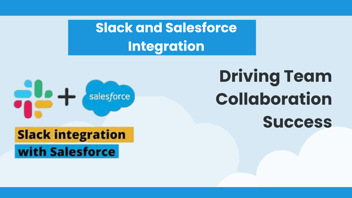
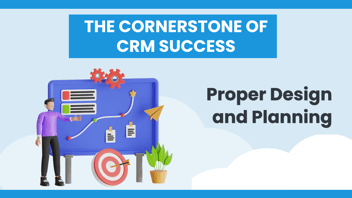
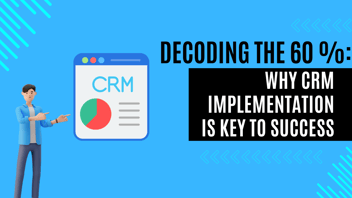
Leave a Comment